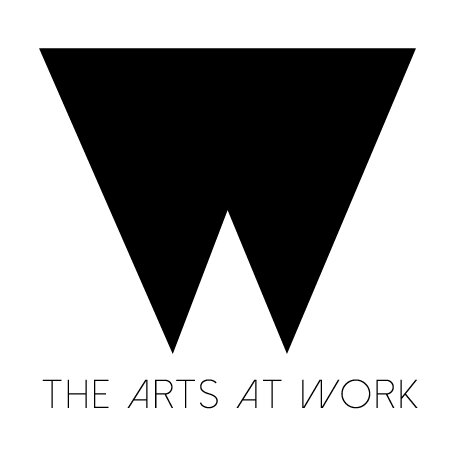We are in a state in which data reigns supreme. In “Datastan” (to use a term coined by the brilliant Arlene Goldbard) data is king and queen, though the kingdom is propped up by falsehoods. This misinformation prevents the widespread development of generative, empathetic commerce, inhibits culture and strains community cohesion.
So, what’s the antidote? Many of us believe it’s the arts.
The inclusion of artistic perspectives in public and private sector discourse could help us to solve our most pressing issues, on both individual and societal levels, and create the future our children and grandchildren deserve. But first, we need to drop the following delusions about Datastan:
Data is Objective / Reveals the Truth
Human intervention, even if passive, is required to make sense of data. Therefore ambiguity is diffused throughout the processes of data quantification, because it is shaped by each interpreter’s experiences. The “data as objectivity as truth” perspective is rife with flaws, but it illustrates that there is validity in subjectivity. Acknowledgement of imperfection leads the way toward authenticity, and it is the inclusion of the artist’s intuitive perspective that wholly illuminates human truths.
Numbers Provide the Purest Evidence
Numbers are a form of evidence, but not the only form. Evidence in its most potent form cannot be quantified. It’s the provenance of memory, sensation, emotion. It’s the provenance of the artist. The storyteller has just as much skill, if not more, than the scientist when it comes to deciphering human realities and laying them at our feet for inspection.
Data is Hard (and Therefore Reliable). The Arts are Soft (and Therefore Unreliable).
The idea that because something is "hard", that because it is scientific or technical it epitomizes truth is short-sighted and incorrect. That which is hard may be strong, but it also acts as a barrier, may be brittle, and is inflexible, rigid and stiff. That which is soft can also be very strong, and is permeable, adaptable, enjoyable and pliable. There is truth in ambiguity. Artists' work veraciously acknowledges the universal ambiguity of our individual human experiences. So you see, when important decisions are being made, there are considerable advantages to going soft.
The reality is that everything humans touch is open to human interpretation. It only makes sense that human information, or information that affects humans and the world we inhabit, should be viewed through human-focused lenses. It is the artistic perspective that courageously retains clarity of vision, it’s the artist who hones intuitiveness, it’s the artist who is able to jump levels to see many truths at once, it’s the artist’s perspective that adds significance to fact.


